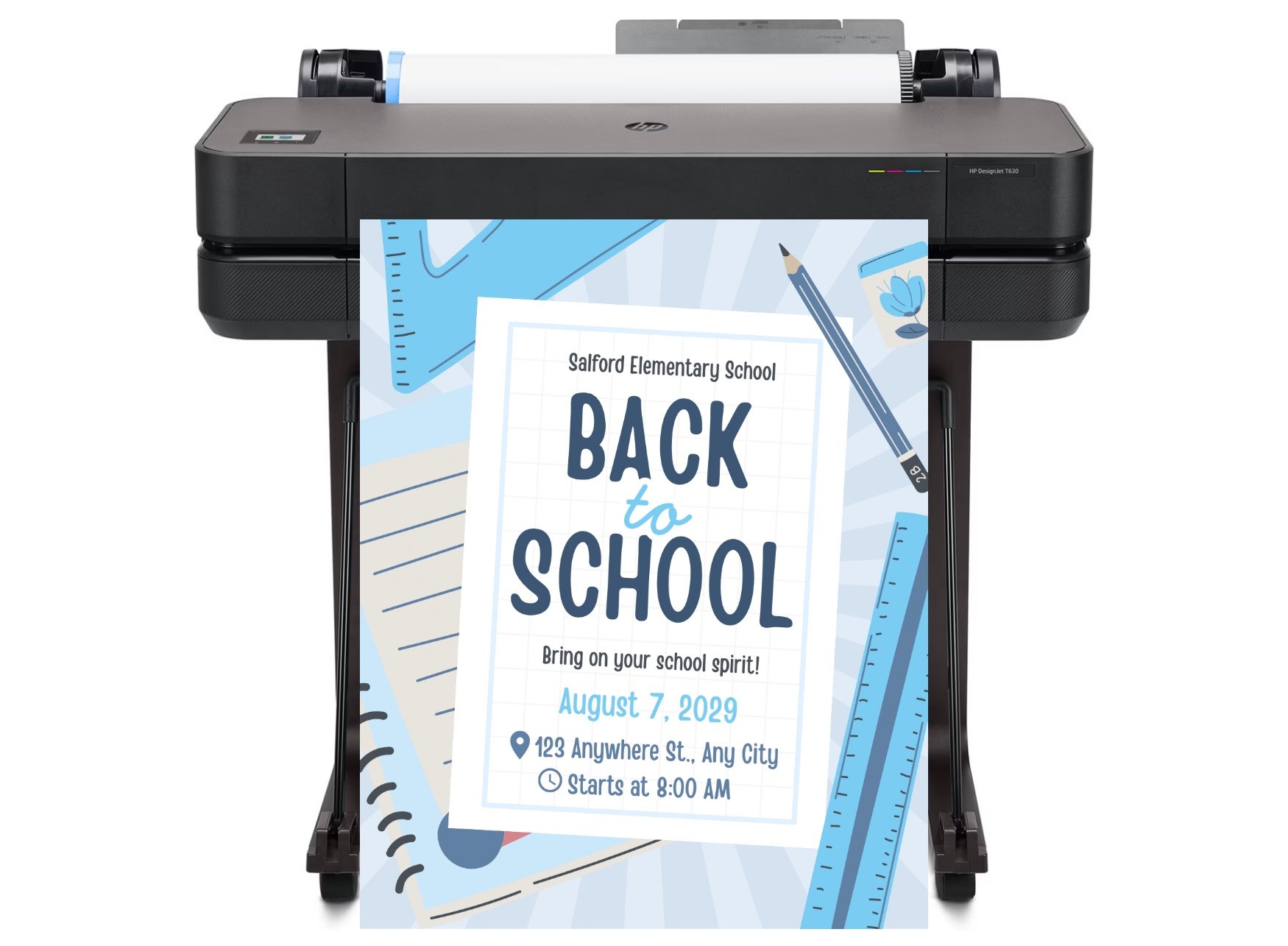
DISCOUNTED EDUCATION PRICING! CALL 1-877-891-8411. We Gladly Accept School Purchase Orders!

If you’ve ever found yourself staring at your child’s math homework in confusion, wondering why they’re solving problems in ways you never learned, you’re not alone. The shift from traditional math instruction to Common Core standards has sparked countless conversations at kitchen tables, school board meetings, and online forums. But what exactly is Common Core math, and how is it different from the traditional methods many parents grew up with?
Let’s break it down.
The Common Core State Standards (CCSS), introduced in 2010, are a set of educational guidelines for English language arts and mathematics. While they’re not a curriculum themselves, they outline what students should understand and be able to do at each grade level. In math, the goal of the Common Core is to promote deeper understanding, critical thinking, and real-world problem-solving skills.
In contrast, traditional math education often emphasized rote memorization, algorithmic procedures, and getting the “right answer” quickly. Common Core math, by design, takes a different path — one that focuses more on the how and whybehind math operations.
Example: When multiplying 23 × 7, a traditional approach teaches you to line up the digits and use a memorized algorithm. Common Core might encourage students to break it into (20 × 7) + (3 × 7), helping them see how numbers are composed and how multiplication works conceptually.
This flexibility promotes mathematical fluency — the ability to understand, use, and explain different methods — rather than just procedural speed.
Common Core math includes eight Standards for Mathematical Practice that apply across all grade levels. These practices include:
These habits aim to develop students into mathematical thinkers, not just problem-solvers.
This makes math more meaningful and prepares students for real-life decision-making.
The change toward Common Core math wasn’t random. It was driven by a growing recognition that students were struggling with higher-level math and problem-solving in high school and beyond. International comparisons showed that U.S. students were falling behind in math achievement. Employers and colleges also reported that many students lacked critical thinking and quantitative reasoning skills.
The Common Core was designed to address these gaps by focusing on depth over breadth. Instead of rushing through dozens of topics each year, the standards encourage teachers to spend more time on fewer concepts to ensure students truly understand them.
One of the biggest hurdles has been parent frustration. When homework looks unfamiliar, it’s hard for parents to help. Many feel like the new methods are more complicated, even though they’re meant to build number sense and long-term understanding.
Another challenge is that not all teachers were trained in the Common Core methods when the standards were first introduced. Professional development has been essential to ensure educators can teach the concepts effectively.
Critics have also raised concerns about high-stakes testing and how the standards have been implemented unevenly across states. While 41 states originally adopted the Common Core, some have since modified or renamed the standards.
Despite the bumps in the road, research and experience show some promising outcomes:
There’s no one-size-fits-all answer. Traditional math was successful for many students, particularly those who picked up algorithms quickly. But it often left others behind — especially when they didn’t understand why a method worked.
Common Core math aims to fill in those gaps, creating a more inclusive approach to mathematics that values understanding as much as accuracy.
In an ideal classroom, elements of both methods might be present: students would learn the “tried-and-true” procedures, but also develop the deeper reasoning skills promoted by the Common Core.
If your child is learning math through the Common Core approach, here are a few tips to support them:
Change can be uncomfortable — especially when it comes to how we teach our kids. But the heart of Common Core math is a good one: to help students truly understand mathematics, not just memorize it. Whether or not we agree with every detail, the focus on reasoning, flexibility, and real-world relevance is hard to argue with. Don’t forget the importance of classroom visuals when learning Common Core math.
In the end, math isn’t just about numbers — it’s about thinking. And that’s a lesson worth learning, no matter how it’s taught.